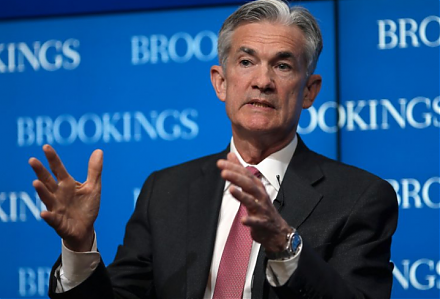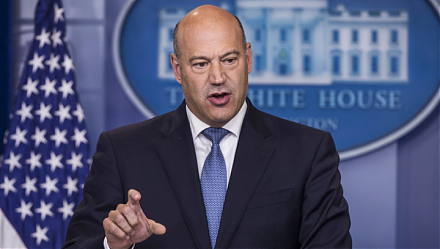

2018-08-07 07:33:00 Tue ET
treasury deficit debt employment inflation interest rate macrofinance fiscal stimulus economic growth fiscal budget public finance treasury bond treasury yield sovereign debt sovereign wealth fund tax cuts government expenditures
President Trump sounds smart when he comes up with a fresh plan to retire $15 trillion national debt. This plan entails taxing American consumers and producers when they buy goods and services from countries subject to his tariffs. The taxes involve steel and aluminum taxes on western allies such as Canada, Europe, and Mexico as well as another 25% tariffs on $200 billion Chinese imports.
However, math seems to be on the other side of this healthy trade debate.
For the fiscal year 2018, the U.S. Congressional Budget Office projects the federal budget deficit to be $800 billion. The Office of Management and Budget projects an even higher deficit of $1 trillion in 2019. In other words, it is difficult for the Trump administration to remain fiscally neutral due to large infrastructure expenditures, tax cuts, trade barriers, and capital investment restrictions. The new Trump tariffs may bring in $100 billion in light of stable macroeconomic demand for imports from Canada, China, Europe, and Mexico.
In this negative light, the Trump administration may not be able to curtail the current budget deficit. In order for the Trump administration to balance the U.S. budget, it would require imposing 40% tariffs on almost all $2 trillion imports. The American dream of total national debt elimination thus seems remote.
In the alternative positive light, it is still plausible for the Trump administration to attain fiscal neutrality in the medium term. If the Trump administration successfully boosts 2.5% real GDP economic growth to 3% or above by 2020, the annual U.S. fiscal revenue may increase from $4.5 trillion to $5.4 trillion. The additional $900 billion fiscal intake can then offset the current U.S. budget deficit. In other words, these pro forma calculations suggest that whether Trump can keep his promise to retire national debt depends on medium-term real GDP economic revival.
Overall, 3%+ real GDP economic growth determines whether President Trump can fulfill his economic MAGA mantra.
If any of our AYA Analytica financial health memos (FHM), blog posts, ebooks, newsletters, and notifications etc, or any other form of online content curation, involves potential copyright concerns, please feel free to contact us at service@ayafintech.network so that we can remove relevant content in response to any such request within a reasonable time frame.
2017-08-25 13:36:00 Friday ET

The U.S. Treasury's June 2017 grand proposal for financial deregulation aims to remove several aspects of the Dodd-Frank Act 2010 such as annual macro s
2025-02-28 11:31:00 Friday ET

AYA fintech network platform provides proprietary alpha stock signals and personal finance tools for stock market investors. As of September 2025, we hav
2017-07-07 10:33:00 Friday ET

Warren Buffett invests in American stocks across numerous industries such as energy, air transport, finance, technology, retail provision, and so forth.
2019-05-07 09:30:00 Tuesday ET

The Trump team receives a 3.2% first-quarter GDP boost as Fed Chair Jay Powell halts the next interest rate hike in early-May 2019. This smooth upward econo
2019-04-17 11:34:00 Wednesday ET

Amazon CEO Jeff Bezos admits the fact that antitrust scrutiny remains a primary imminent threat to his e-commerce business empire. In his annual letter to A
2018-03-02 12:34:00 Friday ET

White House top economic advisor Gary Cohn resigns due to his opposition to President Trump's recent protectionist decision on steel and aluminum tariff